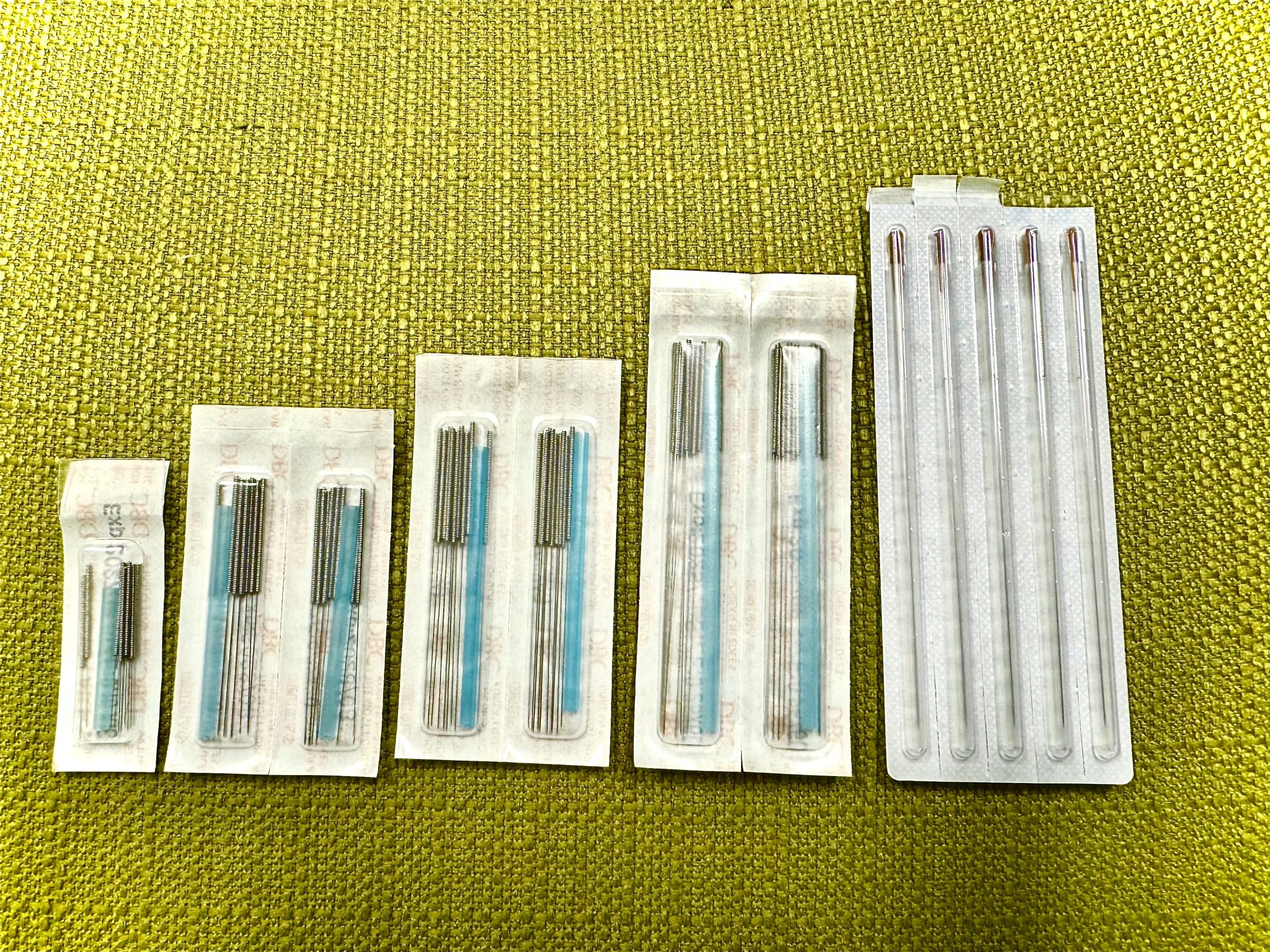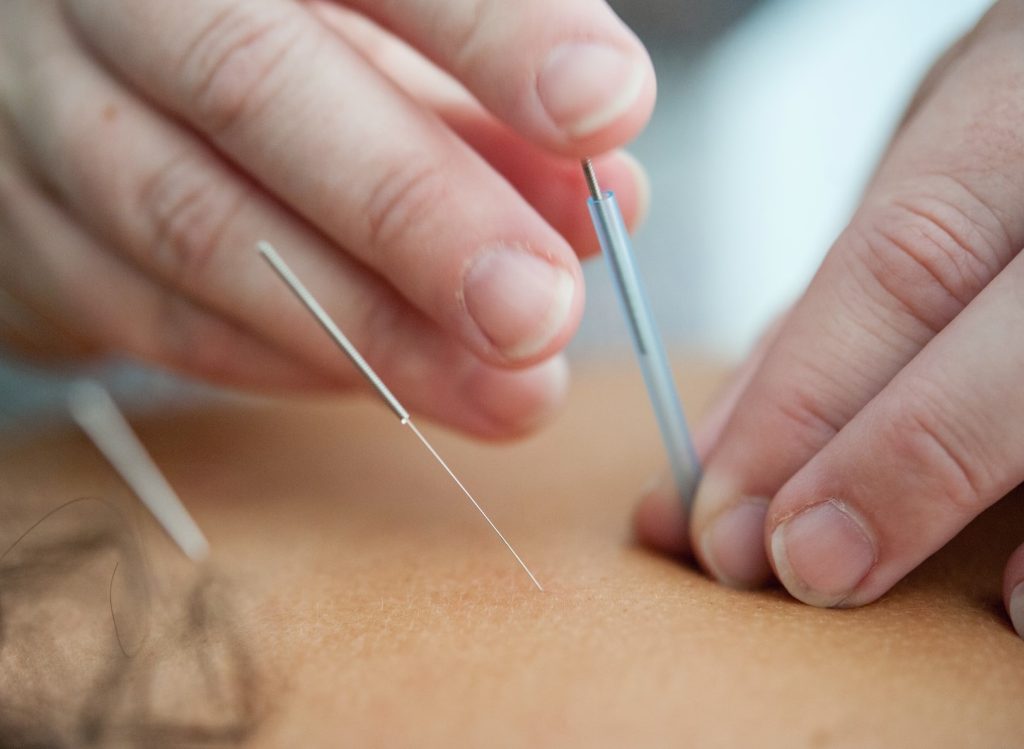Let’s Talk Acupuncture Needles and Needling Techniques
-
How long are needles?
-
How do you get them in so quickly?
-
Why do you twist them around?
-
Why do I feel them sometimes, and other times not?
Even after inserting literally hundreds of thousands of needles, I am still in awe of this tiny little metallic ‘lightning rod’ that can initiate physical and emotional healing.
When I had my first acupuncture treatment, many years ago, I was all questions. Trying to understand what in the world was going on, what they were doing, and why it seemed to be working. Today I want to attempt to answer a portion of that question and tell you a bit about needling itself.
Needling Techniques
Needling technique, or how we put needles in and how we manipulate them, has a lot of intention behind it. What size needle we choose, how we twist and turn them, what we want you to feel or not feel (achy, sore, warm), and where we want you to feel (does it radiate out towards your feet or move towards your head) is all done with purpose. It is a skill, that takes training to master, and one that every acupuncturist I know continues to work on throughout their lives.
What needles do You use?
We have lots of needles to choose from, short ones to very long ones, thicker ones to thinner, and smoother or some less smooth. All serve a purpose and are used for different reasons.
Short vs. Long? Short needles are for thin areas, like if we put a needle in your ear. But, say you are having sciatica, or pain in your bum, we may choose something a little longer to get to the right spot in your tissues.
Thin vs thick? Needles have different gauges, or a thicknesses. Why we choose the thickness we choose can be based on you and on your acupuncturist. How sensitive are you? How much do we want you to feel? What sensations do we want to bring out? If you are a sensitive person in general, maybe someone who never needs to take a regular dose of medications or someone who can easily be knocked off course by stress or food, then you can more easily be knocked back on course too, and we may want to use a thin needle or less needles in general in order to support your healing. But, say you are a resilient person and it takes a lot to finally affect you, maybe you can tolerate things for years before finally your health is affected, then we may want to use more needles, or a needle with a thicker gauge in order to get the same affect.
How do you get the needles in so quickly?
This one is easy, most of us use guide tubes. They are little, thin, tubes that are sterile inside, and are slightly shorter than the needle itself. When we place the guidetube on your skin, and drop the needle in, it just takes a quick ‘tap’ in order to push it past the first few layers of skin quickly. And quickly is our goal, because most of your nerve endings are on the surface, the more quickly we get it past those nerve endings, the less it can feel like, well, a needle being placed in your body.
Why do you twist them, or flick them, or do nothing?
After we put the needles in we have a whole array of choices to work with the Qi, or energy of the body. Say our intention is to help strengthen or build, we give the needle a few twists and insert it ever so slightly more into the skin. But if we want to drain, or get rid of something, we may do the opposite, twist in the other direction and pull it back out a bit. Sometimes we want to vibrate the needle, or give it a little flick, to help break up blockages, and sometimes we want it to just rest, more of a harmonizing idea.
Rest assured, everything we are doing in there is for a good reason, and that reason is to help you to feel your best. While knowing where to place a needle is the biggest and first thing we learn as acupuncturists, knowing how to needle and how to make the most of the treatment through needling techniques is just as important.
Have more questions? Reach out and ask, we do love talking about Chinese medicine.
Julie
Photo by Katherine Hanlon on Unsplash
